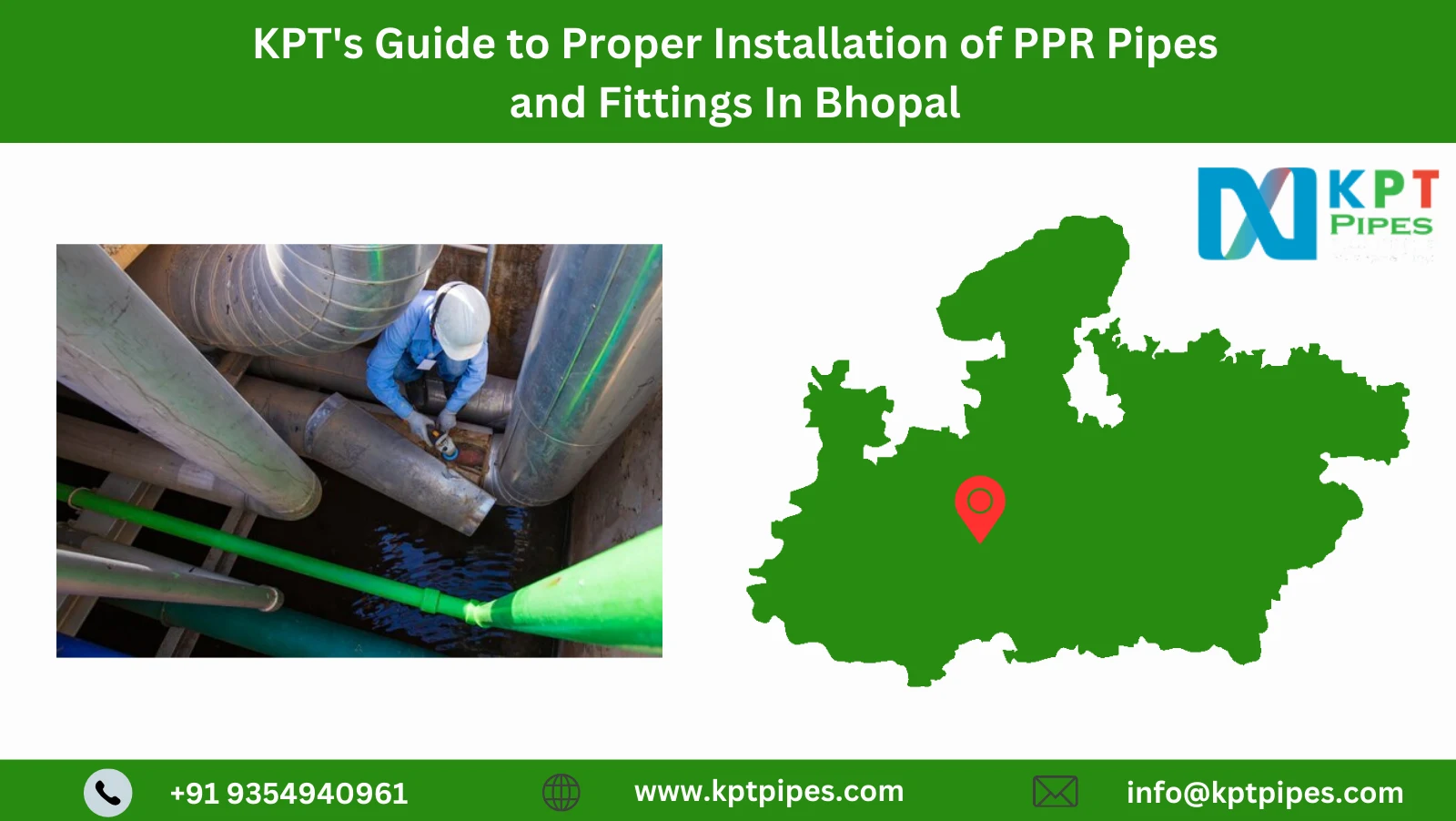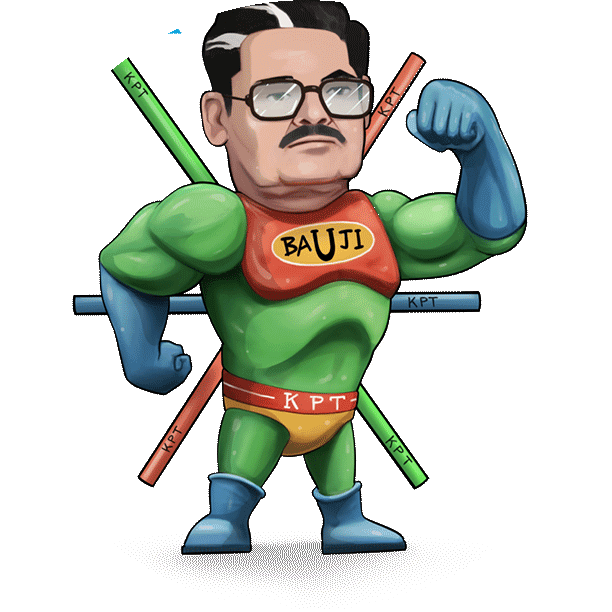
16 Nov KPT’s Guide to Proper Installation of PPR Pipes and Fittings In Bhopal
Proper installation of PPR (Polypropylene Random Copolymer) pipes and fittings is crucial to ensure a reliable and long-lasting plumbing system. Whether you’re a professional plumber or a DIY enthusiast in Bhopal, understanding the correct installation techniques is essential. In this guide, we will walk you through the steps to ensure the successful installation of PPR pipes and fittings in your plumbing projects.
Why Choose PPR Pipes and Fittings?
PPR pipes and fittings have gained popularity in Bhopal and around the world for various reasons:
Durability: PPR pipes are known for their high resistance to chemical corrosion and scale buildup, making them an excellent choice for both hot and cold water supply systems.
Lightweight: PPR pipes are lightweight, making transportation and handling more manageable.
Easy Installation: PPR pipes and fittings are relatively easy to install, especially when compared to traditional materials like copper or galvanized steel.
Cost-Effective: PPR systems are cost-effective, and their long lifespan reduces maintenance and replacement costs.
Installation Steps
Tools and Materials
Before you begin the installation process, ensure you have the necessary tools and materials, which include PPR pipes, fittings, a cutter, a welding machine, a measuring tape, a deburring tool, a marker, and safety equipment such as gloves and goggles.
Measuring and Cutting
Measure the length of the pipe you need and mark the cutting point with a marker. Use a PPR pipe cutter to make a clean, square cut. Make sure the ends are smooth and free of burrs by using a deburring tool.
Preparing the Fittings
Inspect the PPR fittings for any defects, and ensure they are clean and dry. Chamfer the inside edges of the fittings slightly to make it easier to insert the pipes.
Welding
PPR pipes are typically joined using a heat fusion method. Here’s how to do it:
Power on the welding machine and set the temperature to the recommended level for PPR pipes.
Insert the PPR pipe and fitting into their respective heating plates on the welding machine. Ensure they are aligned properly.
Wait for the machine to reach the desired temperature, typically around 260°C.
When the PPR material becomes soft and molten, remove the pipe and fitting from the heating plates quickly.
Join the pipe and fitting by pushing them together firmly. Hold the joint steady until it cools down and solidifies.
Checking and Testing
Inspect the welded joint to ensure it is free from any visible defects or leaks. It’s crucial to check for a consistent and uniform weld. Conduct pressure tests as per local plumbing codes and standards to ensure the system’s integrity.
Securing the System
Once you have successfully joined the pipes and fittings, secure the system using clamps or brackets to prevent movement and stress on the joints. Be sure to follow the recommended spacing and support guidelines.
Finishing Touches
Finally, you can insulate the PPR pipes to improve energy efficiency and protect against temperature fluctuations. Insulation helps in retaining heat for hot water pipes and prevents condensation for cold water pipes.
Conclusion
Proper installation of PPR pipes and fittings is essential for the efficiency and longevity of your plumbing system in Bhopal. By following the steps outlined in this guide, you can ensure a reliable and leak-free plumbing network. PPR pipes and fittings are an excellent choice due to their durability, ease of installation, and cost-effectiveness, making them a preferred option for both residential and commercial applications in Bhopal. Always adhere to local plumbing codes and standards when working on any plumbing project to ensure safety and compliance.


